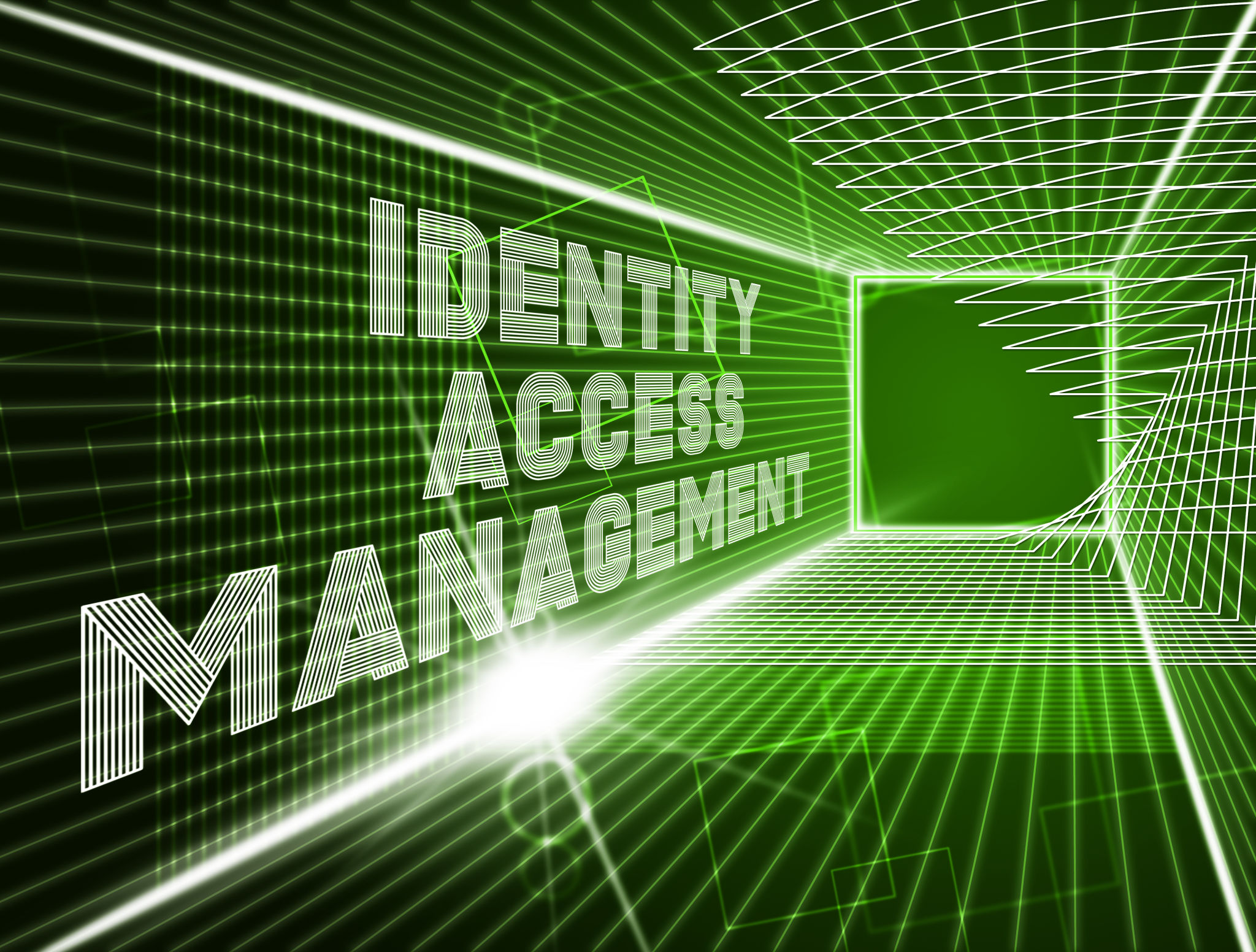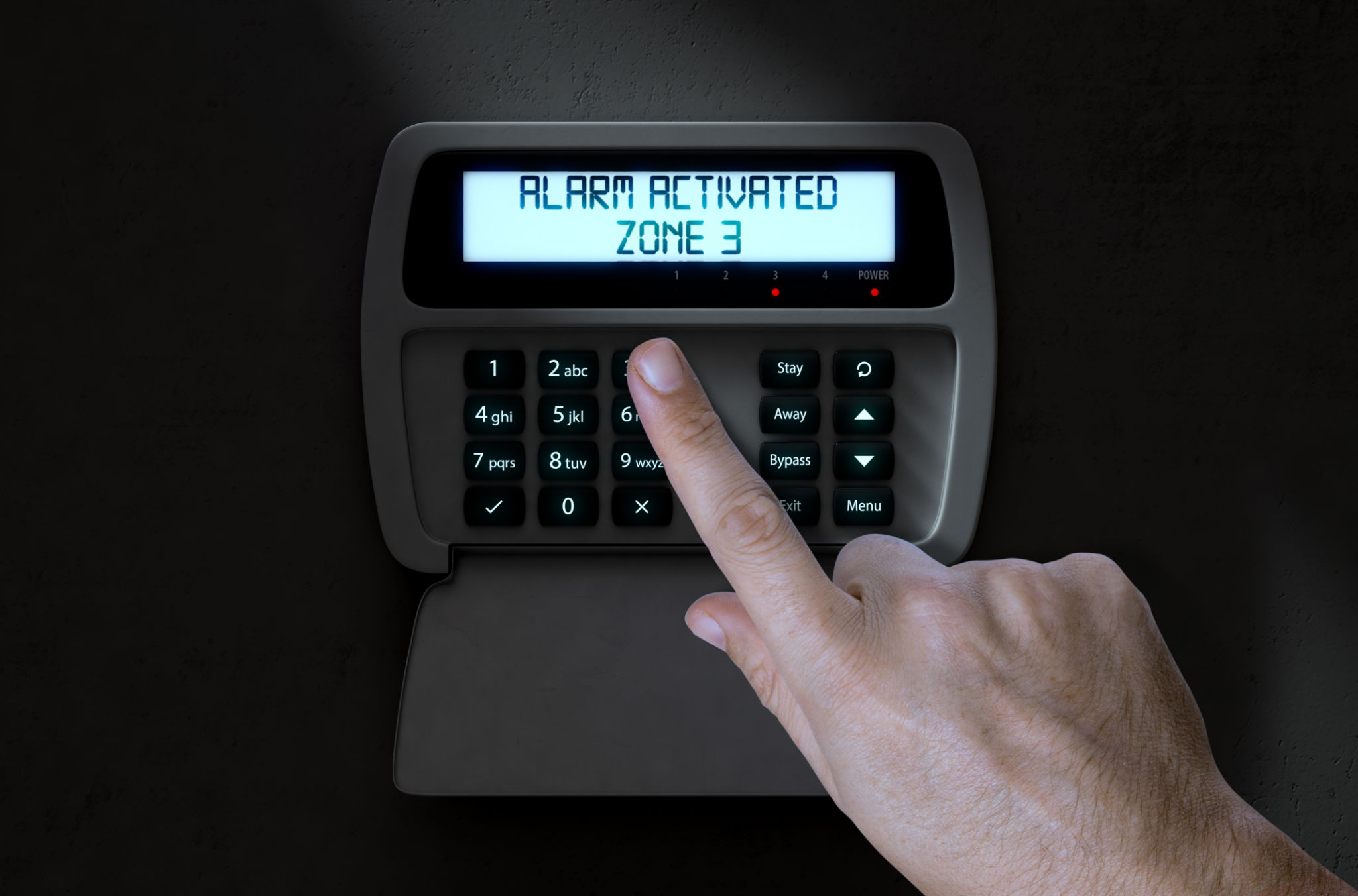Protecting Your Cloud Environment: Cybersecurity Solutions Explained
Understanding the Importance of Cloud Security
As more organizations migrate their operations to the cloud, cybersecurity has become a crucial concern. The cloud offers scalability, flexibility, and cost-effectiveness, but it also exposes businesses to potential security threats. Protecting your cloud environment is essential to safeguard sensitive information and maintain business continuity.

The shared responsibility model in cloud computing requires that both the cloud service provider and the customer work together to ensure security. While providers secure the infrastructure, customers must focus on protecting data, identities, and access within their cloud environment. Understanding this division of responsibilities is key to implementing effective cybersecurity measures.
Key Cybersecurity Solutions for Cloud Protection
Identity and Access Management (IAM)
Identity and Access Management (IAM) is a critical component of cloud security. By managing user identities and controlling access to resources, IAM ensures that only authorized individuals can access sensitive data. Implementing strong authentication methods, such as multi-factor authentication (MFA), enhances security by adding an extra layer of verification.

Data Encryption
Encryption is a fundamental cybersecurity measure for protecting data stored in the cloud. By converting data into a secure format, encryption prevents unauthorized users from accessing sensitive information. It's vital to encrypt data both at rest and in transit to ensure comprehensive protection.
In addition to encryption, consider implementing tokenization or other data masking techniques for further safeguarding sensitive information. These methods replace sensitive data with non-sensitive equivalents, reducing the risk of exposure during data breaches.
Advanced Threat Detection and Response
Intrusion Detection Systems (IDS) and Intrusion Prevention Systems (IPS)
Intrusion Detection Systems (IDS) and Intrusion Prevention Systems (IPS) are essential tools for identifying and mitigating potential threats to your cloud environment. IDS monitors network traffic for suspicious activity, while IPS takes proactive measures to block identified threats. Together, these systems help maintain a secure cloud infrastructure.

Security Information and Event Management (SIEM)
Security Information and Event Management (SIEM) solutions provide real-time analysis of security alerts generated by network hardware and applications. SIEM systems collect and analyze log data from various sources, helping organizations detect anomalies and respond promptly to security incidents. By offering a centralized view of security events, SIEM enhances incident management capabilities.
Ensuring Compliance and Continuous Monitoring
Compliance with industry regulations and standards is vital for maintaining a secure cloud environment. Regular audits and assessments help ensure that your organization adheres to required security practices. Implementing continuous monitoring tools further strengthens your security posture by providing ongoing visibility into cloud activities.

By prioritizing cybersecurity in your cloud strategy, you can protect your organization's assets, maintain customer trust, and reduce the risk of cyber threats. Investing in robust cybersecurity solutions is not just a necessity but a strategic advantage in today's digital landscape.